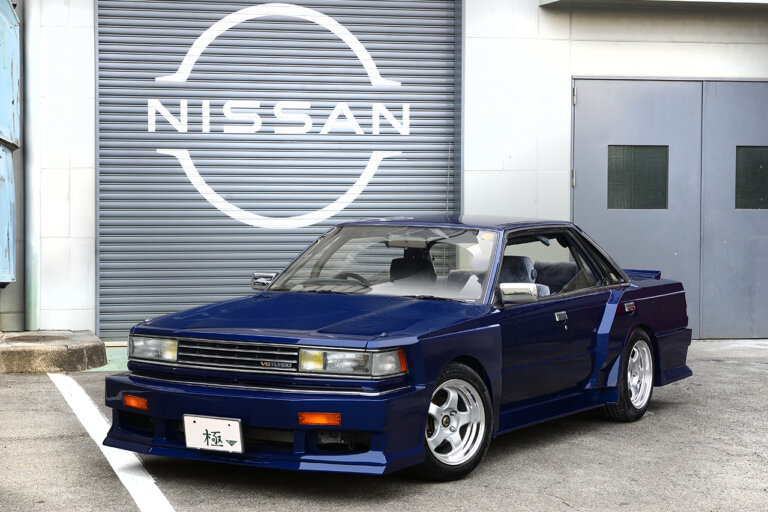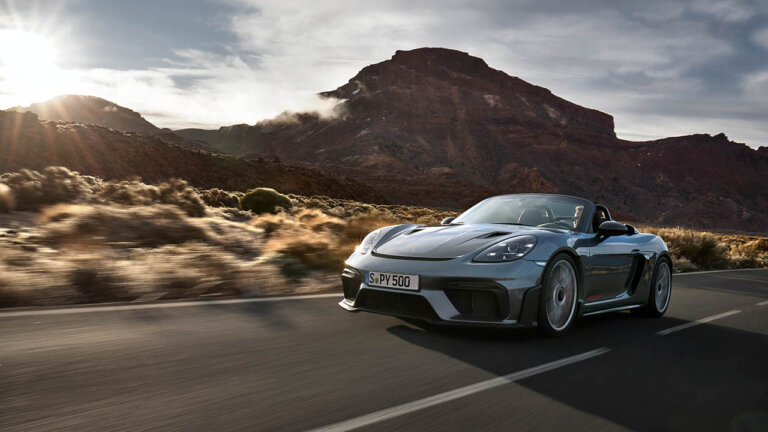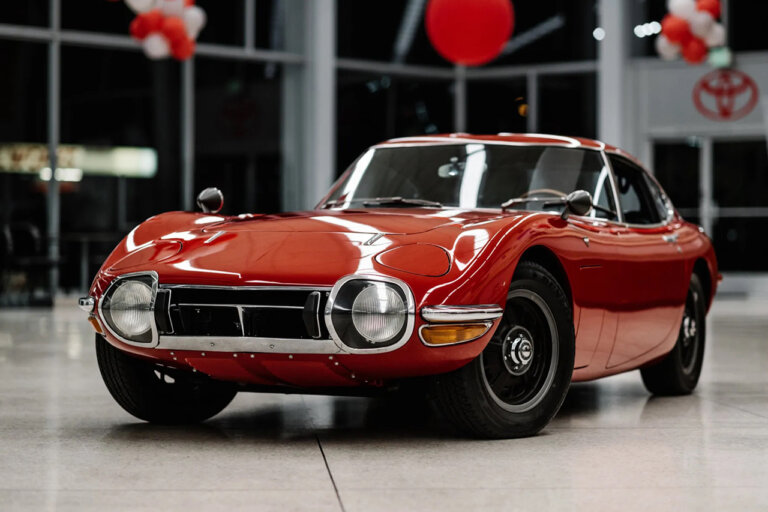Generations Made for The Dirt
1st Gen 1982 – 1990
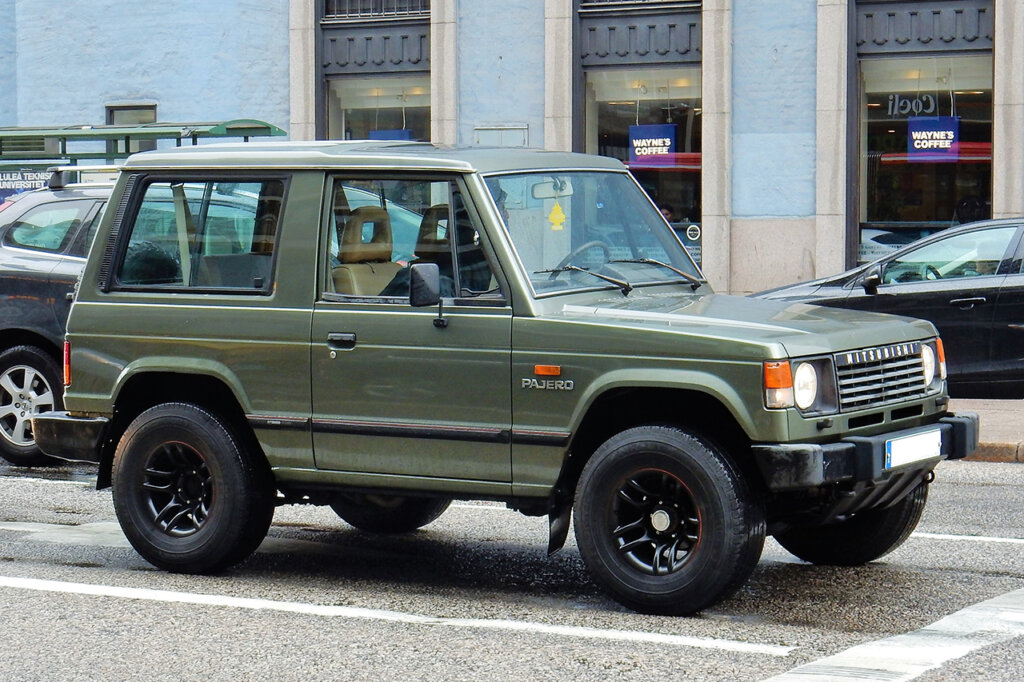
Source: Flickr via Charles
The first-generation Pajero was a bold entry into the SUV market, featuring a ladder-frame chassis, which gave it exceptional off-road durability. Initially offered as a three-door model with both short- and long-wheelbase variants, it later expanded into a five-door version. The Pajero’s early appeal was its dual-range 4WD system with a transfer case that enabled high and low gear settings, giving drivers the flexibility to navigate both highway conditions and rough, off-road terrains.
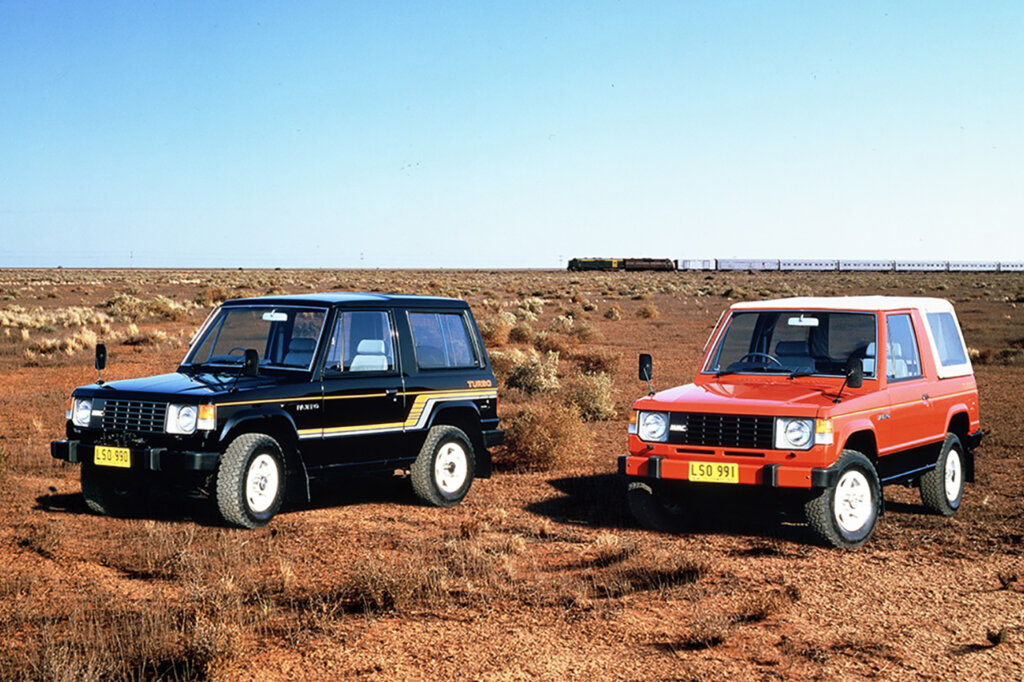
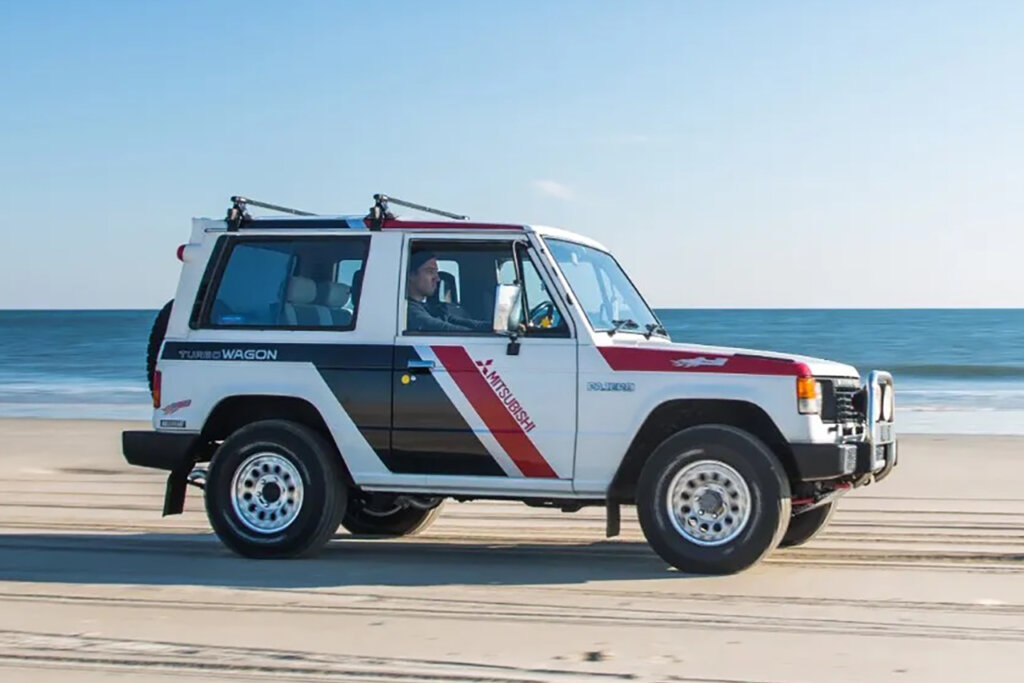
Under the hood, the Pajero was available with various engines, ranging from a 2.0-liter gasoline engine to a 2.5-liter turbo-diesel engine, the latter of which became particularly popular for its torque and fuel efficiency. Power outputs ranged from 84 to 140 horsepower (hp), with torque figures varying depending on the engine configuration, offering enough pull for challenging terrains.
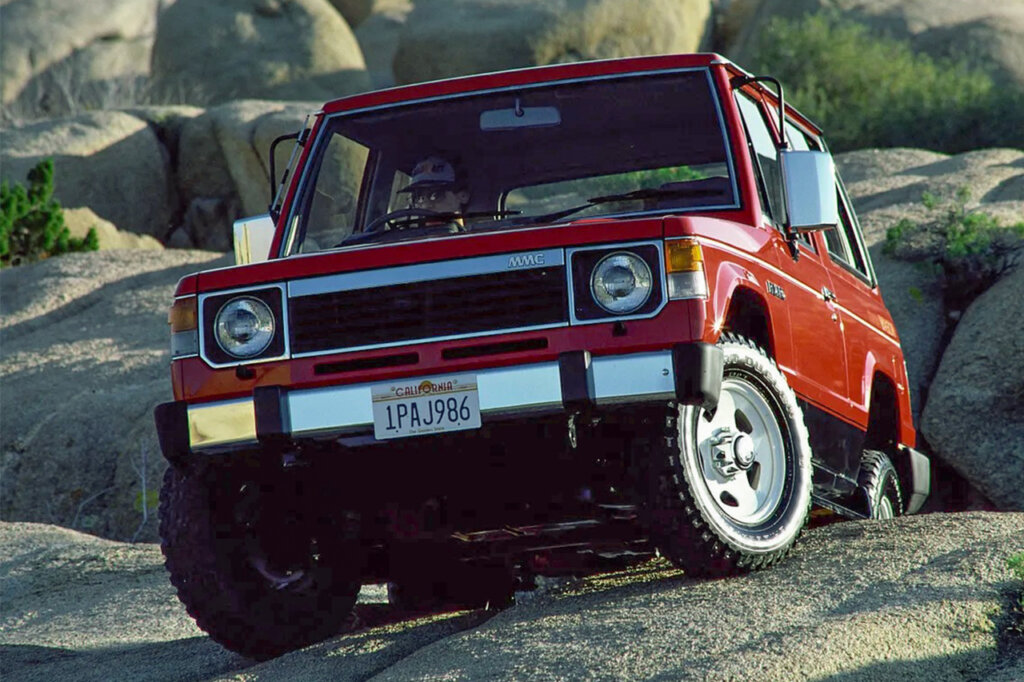
Source: Mitsubishi
Distinct features of this generation included a rugged yet straightforward design, a high ground clearance, and the incorporation of front independent suspension with a rear solid axle. The Pajero’s ability to blend on-road comfort with off-road prowess made it a strong competitor in both urban and rural markets, helping it to cement its place in the SUV segment.
2nd Gen 1991 – 1998

Source: Bring-A-Trailer
The second-generation Pajero, introduced in 1991, elevated both its on-road comfort and off-road performance. One of the most significant updates was the introduction of the Super Select 4WD system, which allowed the driver to switch between 2WD and 4WD modes at speeds up to 100 km/h (62 mph). This gave the Pajero unprecedented versatility, making it a reliable vehicle for a variety of driving conditions.

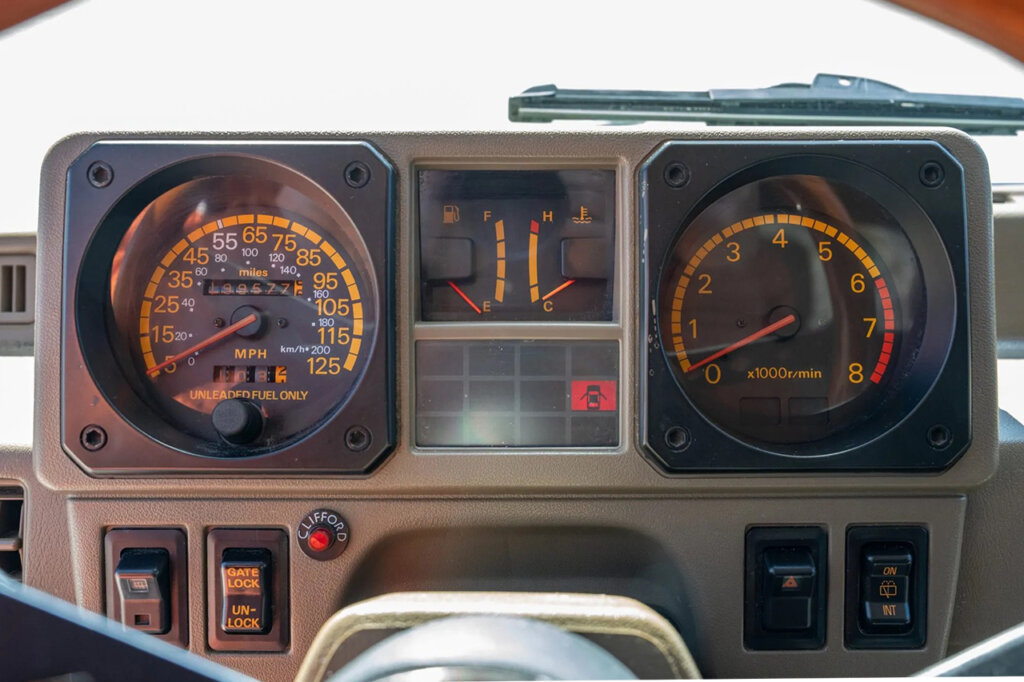
The engines were also upgraded, with offerings that included a 3.5-liter V6 gasoline engine and a 2.8-liter turbo-diesel. The 3.5-liter V6 produced up to 280 hp, with torque figures climbing to nearly 324 lb-ft, providing more than enough power for most off-road and towing applications. In addition to mechanical enhancements, this generation featured improved interior comfort, with leather seats, automatic climate control, and better sound insulation, making it more appealing for families.
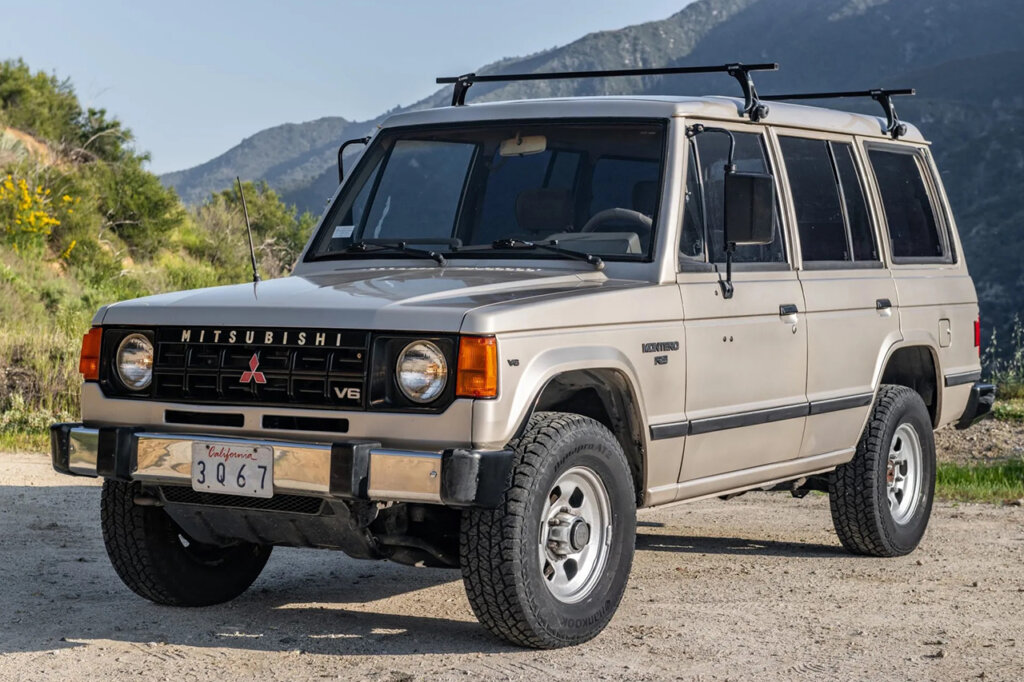
Source: Bring-A-Trailer
Mitsubishi’s success in the Dakar Rally continued to boost the Pajero’s reputation during this period, with the vehicle securing several more titles and helping to refine features like all-terrain traction control and advanced suspension setups for better handling under extreme conditions.
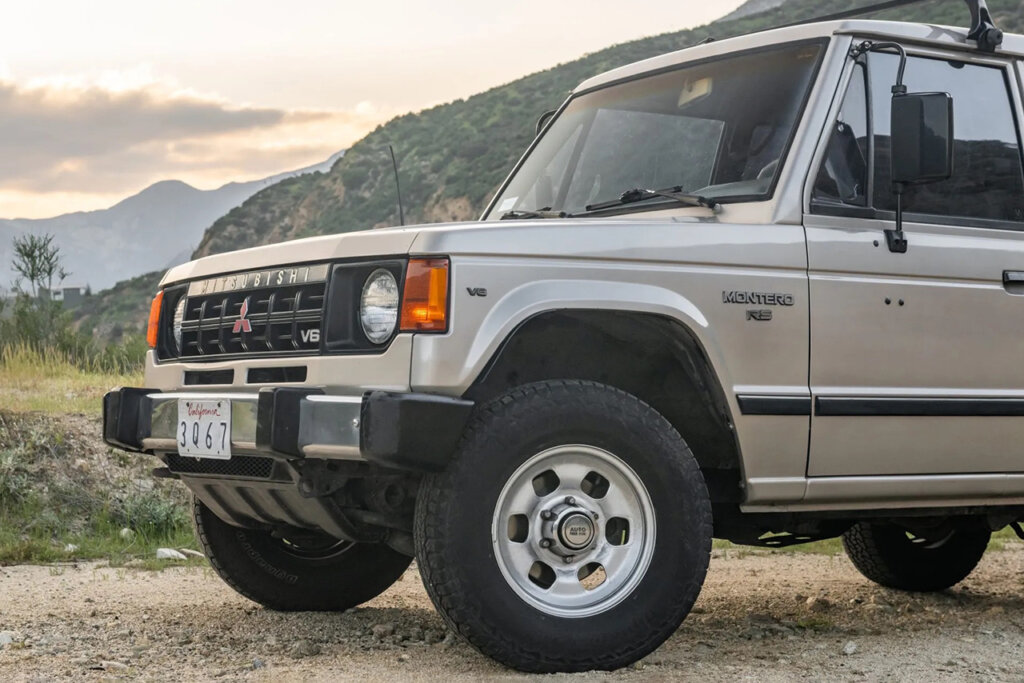
Source: Bring-A-Trailer
3rd Gen 1999 – 2006
The third-generation Pajero, launched in 1999, brought significant changes to the model. It moved away from the traditional body-on-frame construction, instead opting for a unibody design. This change improved the vehicle’s on-road dynamics but somewhat diminished its off-road prowess compared to earlier models. Nonetheless, the third-gen Pajero retained its Super Select 4WD system and introduced features like an independent rear suspension, which provided better ride comfort, especially on uneven surfaces.
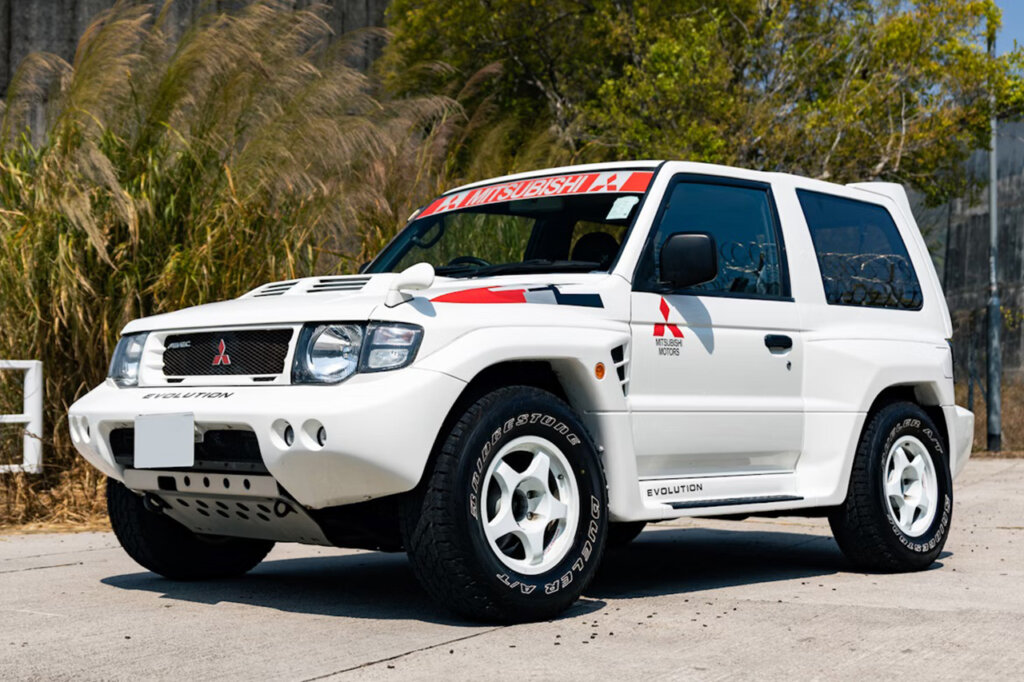
Source: Bring-A-Trailer
Engine options included a 3.2-liter turbo-diesel producing around 160 hp and 275 lb-ft of torque, and a 3.5-liter GDI V6 with 220 hp and 255 lb-ft of torque. Though powerful, the unibody design limited some of the traditional durability enthusiasts had come to expect from previous generations. While the third generation was still a capable off-road machine, the shift toward a more comfortable, road-oriented vehicle made it less popular among hardcore adventurers.

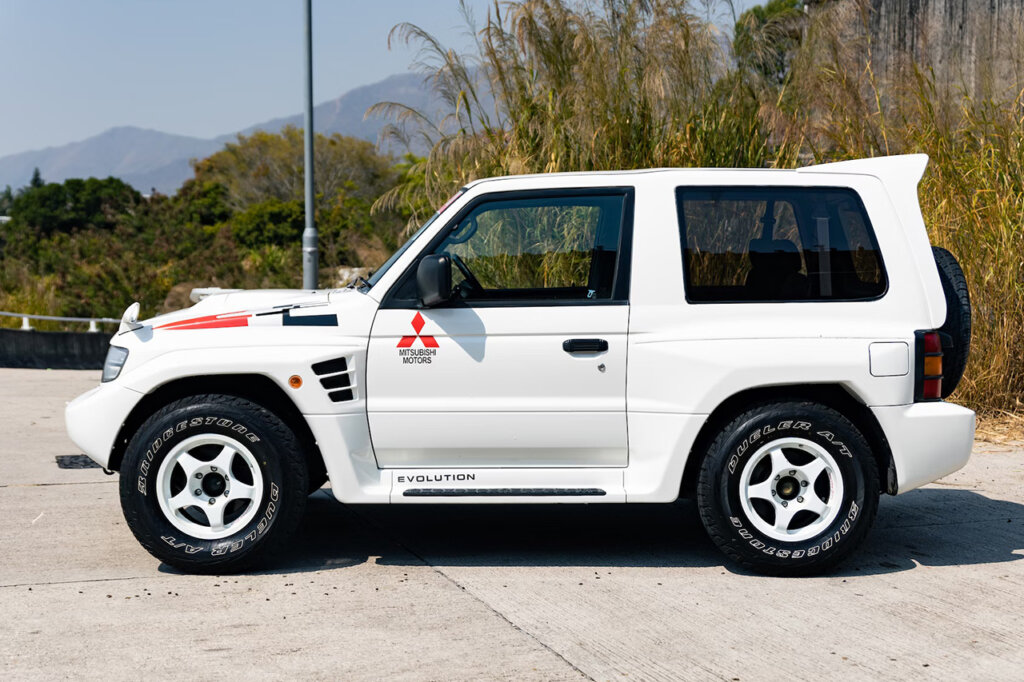

Source: Bring-A-Trailer
The decline in demand for traditional 4WD vehicles globally, combined with the rise of crossovers and more road-focused SUVs, ultimately led to the discontinuation of the third generation. In many markets, the Pajero’s sales dwindled, with buyers opting for vehicles that prioritized fuel efficiency, on-road comfort, and modern tech features. Mitsubishi decided to pull the Pajero from certain regions, including Europe, where emissions regulations and declining interest in large off-road vehicles hastened its exit.
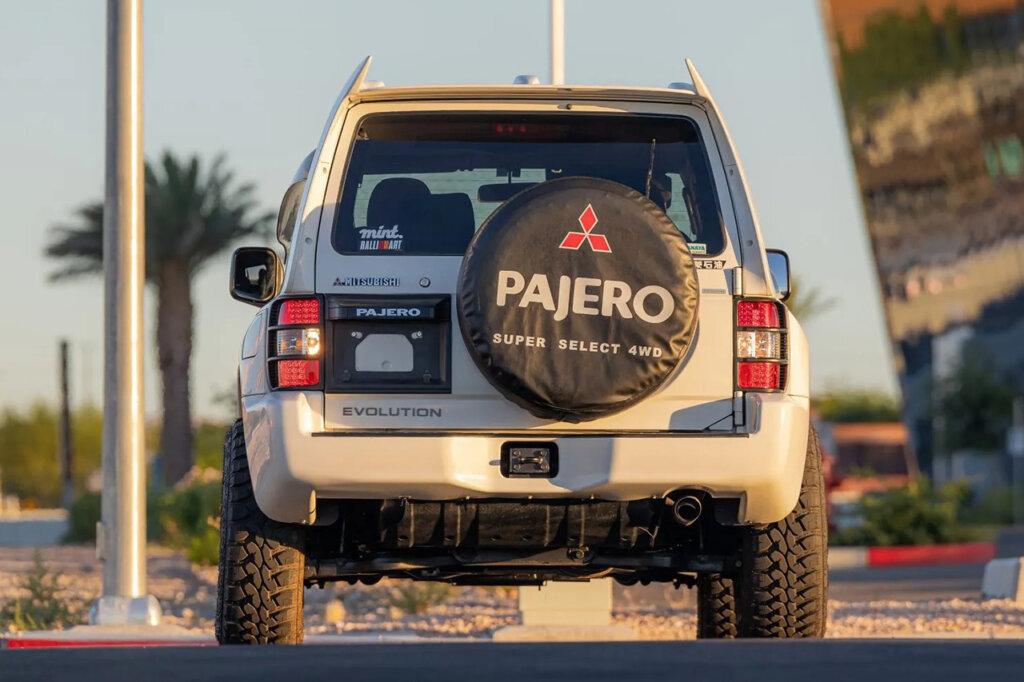
The Mitsubishi Pajero remains a symbol of off-road prowess, with its impressive resume at the Dakar Rally and its loyal following among adventure seekers. Each generation of the Pajero contributed to its rich legacy, offering a balance of ruggedness, innovation, and comfort. While the third generation marked the beginning of its decline due to shifting market demands, the Pajero’s legacy as a king of off-road vehicles remains untouched. Its success in competitions and consumer markets around the world ensures that the Pajero will forever be remembered as one of the greats in automotive history.

Source: Mitsubishi


